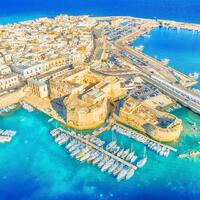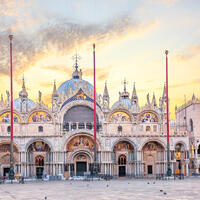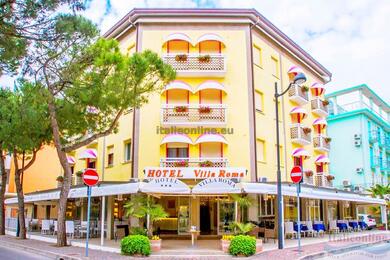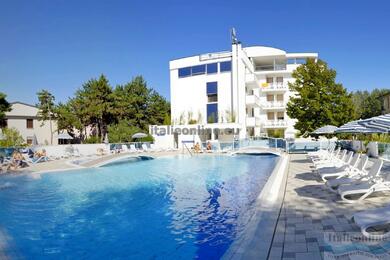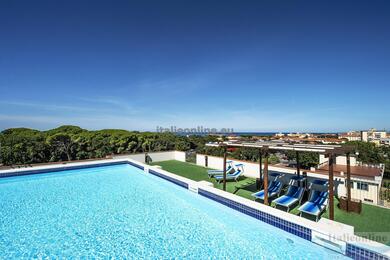History of Ferragosto
The name Ferragosto comes from the Latin term "Feriae Augusti," meaning "August holidays." This holiday was first introduced by the Roman Emperor Augustus in 18 BC as part of the celebration of the harvest and to honor the work of farmers. It was originally an extended period of rest during which various games, festivals and celebrations were held to celebrate the successful completion of agricultural work.
Over the centuries, Ferragosto has evolved and adapted to new religious influences. In the Christian calendar, 15 August is associated with the Assumption of the Virgin Mary, which adds an extra spiritual dimension to the feast. The combination of these two traditions makes Ferragosto a unique holiday that is both secular and religious.
How is Ferragosto celebrated today?
In modern Italy, Ferragosto is primarily a day of rest and fun. Most Italians spend this day with family and friends, often by the sea, in the mountains or barbecuing in parks and countryside.

Many towns and villages hold festive parades, fireworks and concerts on Ferragosto. In some areas, traditional boat or horse races are held, reminiscent of ancient Roman customs. In many places it is customary to hold processions with the statue of the Virgin Mary.
Ferragosto is also the time when many Italians take their holidays. In August, shops and businesses in Italy often close as people go on holiday. Tourist resorts and coastal areas are so full of visitors enjoying the sun, sea and leisure.
In Rome, for example, Ferragosto is often associated with cultural events and open-air festivities. In the past, it was a popular tradition for Romans to leave the city and go to the sea for a day, especially to Ostia, which some residents still follow.
In Naples, Ferragosto is celebrated in style. One of the highlights of the celebrations is the fireworks display over the Bay of Naples, which attracts locals and tourists alike. Similarly, in popular resorts such as Bibione or Caorle, fireworks are set off right on the beach. In the city, there are plenty of games and entertainment for young and old alike.
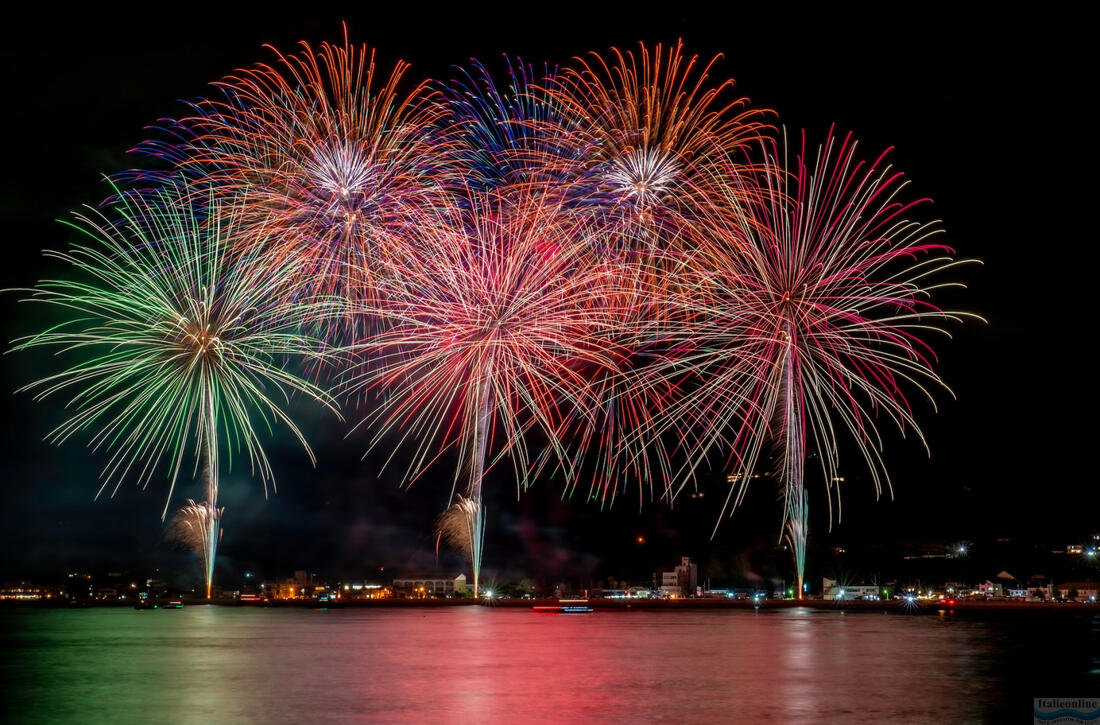
Ferragosto and Italian cuisine
Like every Italian holiday, Ferragosto is associated with rich and tasty cuisine. Traditional dishes vary by region, but favourites include grilled meats, fresh seafood and seasonal fruits such as melons and peaches. Typical desserts include the "torta della nonna" (grandmother's cake) and various types of ice cream.


